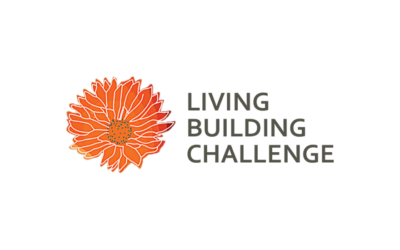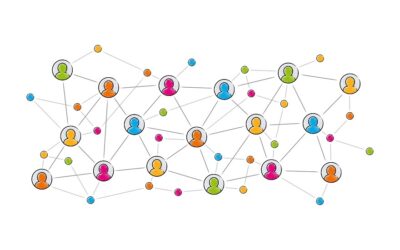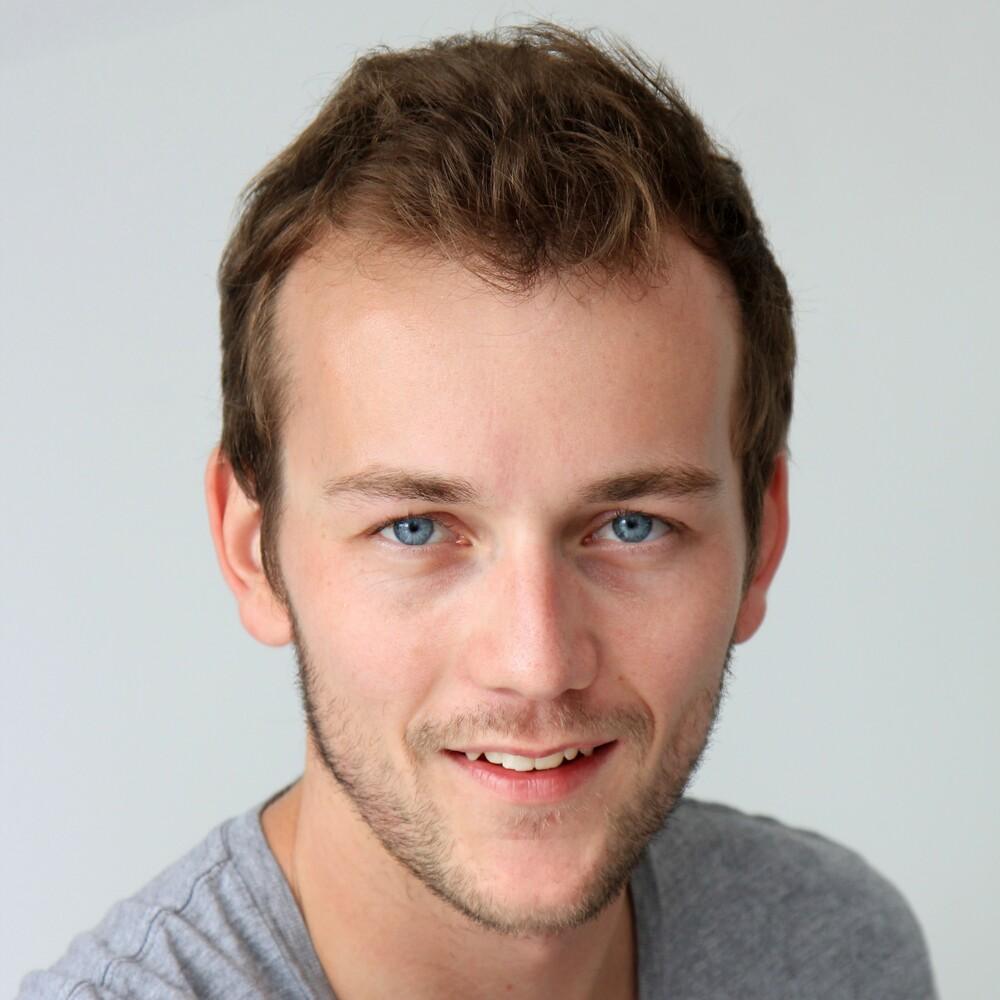At Canopy, we’ve recently been asking the question, are public-facing organizations whose missions involve conservation doing enough to save the planet?
And we truly don’t believe that we are. We know many organizations are operating under the belief that affecting incremental change is the path forward. But in reality, we need to be implementing systems. Wide-change approaches in order to be effective. Our roles as organizations that care about the environment and conservation are powerful, and it’s our obligation to lead these movements as respected and trusted members of our community. So, over the next few months, we’re using our webinars to explore how mission-driven organizations can leverage common strengths and community engagement, conservation, leadership, and economic development to be change agents for a better planet.
Our first topic is: what is our role in saving the planet through community? Canopy team member Elise Bernardoni moderated this session with panelists:
- James Danoff-Burg, Director of Conservation, Living Desert Zoo and Gardens
- Caitlin Ervin, Associate Director of Education, SpectrUM Discovery Center
- Brianne Studer, Director of Programs, Friends of the National Arboretum
- Bruce Young, Affiliate Relations Specialist, North American Association of Environmental Educators (NAAEE)
Takeaways from our conversation are below:
What does saving the planet mean to you?
- Caitlin: Taking many different approaches and being extremely adaptable, leveraging expertise with professionals, and listening to communities and how they’re impacted.
- James: Ensure that we’re implementing the thought process in a just and equitable fashion, being respectful to the community, and always being mindful of the interaction of the process and the product.
- Bruce: It’s an intersectional approach – examine all systems at play and make systemic change to ensure everyone is getting the literary content to arm themselves with tools to make change, especially supporting youth and future generations. This aligns with the NAAEE tagline, “Education we need for the world we want.”
- Brianne: It’s about people. The impact that change has on people. How can we lessen the burden? How do you connect to nature?
How does your team develop meaning and trust with different communities so those relationships can nurture and thrive?
- Caitlin: Montana is rural – so the SpectrUM Discovery Center’s focus is to close education gaps. It takes time to build trust and relationships with communities, especially our many Native American reservations. We work with an Advisory Group of reservation leaders to help us understand the history and context of these communities, to be respectful, and to respond to their needs.
- James: The Living Desert Museum also works with Native American communities. We use humility, patience, and openness to build relationships and work together to develop mutually-beneficial processes – no one wants colonial conservation anymore – instead, we want capacity building for conservationists.
- Brianne: Friends of the National Arboretum conducts school garden education programs where we help install school gardens, then hand them off to the schools. But we found the hand-off approach was hard for the schools to manage for several reasons. So, we shifted our focus to the goal of what the school wants to achieve through the garden program, and we now help them figure out what their goals are – food access, nutrition information, developing community support and connection, etc.
But are we the right people to be leading this work? Especially in communities with no history of interacting with our organizations?
- James: It’s important for local people to lead the efforts and build their processes.
- Caitlin: Employ a “train the trainer” approach – teach them skills to use within their community.
How do you honor the needs of a community while balancing the needs of your own organization?
- Brianne: Many of us work within organizations for whom the mission is quite broad. It’s up to us to determine how we achieve that mission in very practical ways. We pursue grants to help create programs to achieve goals. We’ve reframed our organization’s goals to help us approach this work from a more community-driven angle. Our goals became less about metrics and more focused on helping schools achieve their goals – schools always need extra support and resources. Make it a success through promotion and communication based on outcomes vs. output.
- James: Your organization’s goals must match the goals of your community, or you won’t succeed as a public-facing organization.
- Caitlin: The challenge, though, with conservation is that you won’t always have communities that support it. It’s a difference of values, but I hope that education might serve as an antidote.
How do you start? What resources do you need? And how do you promote to your community?
- Bruce: The NAAEE created Community Engagement Guidelines for Excellence, a free download that covers five key characteristics for good community engagement. The Guidelines were developed via a community-centered, inclusive, and contributory process based on sound environmental principles. They’re oriented towards capacity building and civic engagement, with a long-term investment in change. Regarding promotion, we host an annual conference and ensure that it’s rooted in the local community where it’s hosted – food, musicians, local politicians/speakers, etc. We also support and ensure that our partners are helping communities, and conduct grassroots promotion to educate and encourage communities to get involved since the NAAEE is a backbone organization.
How do your organizations engage with audiences that don’t necessarily support conservation?
- Bruce: Engage with empathy. See each other as individuals before we can collaborate. Identify commonalities. Try to take a broader view. Be open to all possibilities.
- James: Hunters are a good example. The Safari Club International. One may not expect them to support conservation, but they do. They play a huge role in the history of conservation in the U.S. If you can agree on a commonality that’s relevant to the community, then they want to take it on and lead it.
- Caitlin: Sometimes people don’t understand the problem, they just hear what’s being told to them. But if you explain it using different terms, then they understand – for example, evolution vs. extinction.
- Brianne: Focus on the pieces of the plan that the specific audience really cares about. Then find more connection points, i.e., “breaking and chunking.”
- Examples:
- Amy Dickman won over the Barabaig people in Tanzania by hosting soccer matches and movie nights; and letting them use their solar panels to charge cell phones. Gaining their trust by developing friendly relations first, then listening and understanding their perspectives to build initiatives that met their goals (medicine, education) as well as conservation.
- Pratt & Whitney is a huge corporate aviation company who you may not think would be interested in conservation, yet they partnered with NAAEE to sponsor youth environmental STEM education grants and programs.
What brings you the most hope for the planet in the work you’re doing with the community?
- Brianne: It’s impressive that the Washington Youth Garden is celebrating its 50th anniversary. How can we engage with young people in the environment they’re already accustomed to in a meaningful way? How can we teach the skills and the love of nature and food that they need to understand for the rest of their lives at a young age? Remember that you don’t always know the impact of the work you’re doing, but that doesn’t mean it’s not valuable.
- James: The media is all bad news, but when you talk to people in your field it’s uplifting and gives us hope when sharing these accomplishments.
- Bruce: Paying important attention to culturally relevant environmental education. Approaching from ways that are important to the community, taking into account different considerations like trauma, and shifting to anti-racist and anti-oppressive movements.
- Caitlin: Good lasting change in solutions happens slowly, so pay attention and remain hopeful.
In summary, long-term investment in our communities is what leads to change. Developing those authentic partnerships with trust and empathy, identifying commonalities, and bringing relevancy to our local communities is what will create these amazing community partnerships that will save the world – and save the world together. Canopy Strategic Partners can help your organization envision and implement plans to support this needed change. Contact us to learn more.
View the full webinar recording here.
We hope you’ll join us next month for part two of this webinar series when we’ll focus on the role of mission-based organizations in saving the planet through conservation. Stay tuned for registration details.





